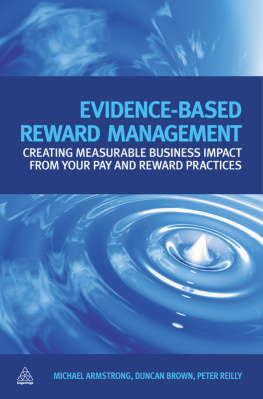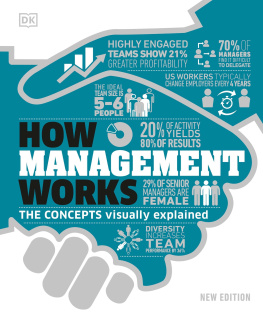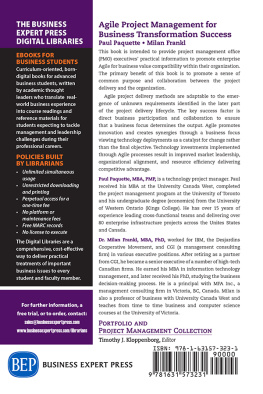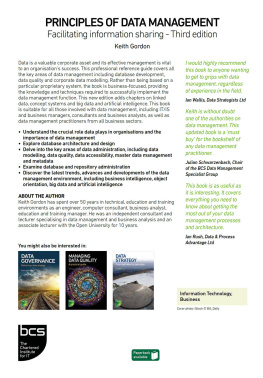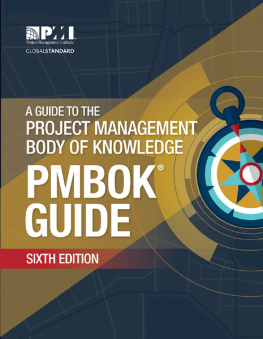
PART 1
Why 4+2?

1
4+2 Equals Business Success
B usiness is full of mysteries, but none greater than this: What really works?
The grand illusion of the 1990s was that nothing from the Old Economy really mattered, provided you were blessed with a sexy IPO, cold nerve, and the magic carpet of momentum trading. If you looked and talked like a dot.com tycoon, reporters fawned, headwaiters beamed, your Porsche gleamed. The so-called New Economy was a dream world ruled by the arrogance of youth, the naivety of new money, the ignorance of alleged visionaries. Blind as bats at high noon, amateur robber barons declared the business cycle obsolete.
We know better now. Infinitely and painfully better. In the aftermath of a burst bubble, its hot air now frigid, we know anew that business is, was, and always will be hard, risky, insecure, and unpredictable. Optimism drives every entrepreneur, but dreams of success are more often a reality of failure. Businesspeople spend their best years in daily combat, fighting competitors, flattering customers, mollifying shareholders, cajoling employees, importuning bankers, and fending off landlords, tax collectors, and government regulators.
In short, todays sobered managers realize all too painfully that many, many things matter in achieving business success. But the galling fact is that few if any of the most successful managers can tell you much more than what worked for them.
For decades, one of the great puzzles of business life has been why a few companies thrive in the worst of times, contradicting all the bad numbers that afflict their industry peers. In the downturn of the early 1990s, for example, certain enterprises seemed immune to misfortuneCampbell Soup in the food and snack industry, Conseco in life and health insurance, Gap in specialty retail, Duke Energy in electric utilities, Nucor in steel, Sony in consumer electronics, Walgreen in the pharmacy business. Yet, it wont escape your notice that todays version of this list would not include all these namesa sign that even the best managers may not fully know what they are doing right in good times, much less how to keep their companies booming in bad times.
Surely this cant be true, you say. Winners must know something that losers dont. And so, given our abiding faith in experts and how-to books, managers savor every word of wisdom from legendary chief executives like GEs Jack Welch, AlliedSignals Larry Bossidy, and IBMs Lou Gerstner, whose writings rivet businesspeople everywhere. These eminences offer actual answers: Gerstner, for example, largely attributed IBMs resurrection as an industry leader to his overhaul of its ingrained, feudal corporate culture.
But such answers dont translate well. They derive from local conditions and unique situations. They arent universal. Gerstners work makes a great story, but your own company is unlikely to resemble the IBM he inherited, much less the one he reinvented. The same goes for silver-bullet cures prescribed by many management thinkers. The ultimate answer, they tell us, is to focus single-mindedly on some newly coined management buzzword or principle. Consider just a partial roster of these formulations: learning organizations, matrix management, management by objectives, peak performance, team-based management, total quality management.
These ideas are sometimes brilliant and often useful, but they have about as much staying power as the length of hemlines. For one thing, they become passing fads because managers are too busy to absorb or apply them as effectively as their inventors hope. Cynicism ensues, followed by irritation when the idea flops. Soon it is abandoned. Nothing is less enduring than yesterdays half-nibbled panacea.
So the great question remains, unanswered and not even well asked: What really works?
The truth is that managers have spent more than a century guessing at what really matters in businessand guessing wrong. Managers have embraced fad after fad, all to their detriment. Like other stubborn mysteries, the puzzle of why some companies win and most lose has been reduced to blind faith or luck rather than hard investigation and solid proof. It is time for the first book identifying the fundamental practices that create business successthe ones that do indeed really matter.
This is that bookthe worlds most systematic, large-scale study of the practices that create business winners. Instead of anecdotal evidence or personal intuition, it is based on a massive research project conducted with scientific rigor and verified by measured fact.
The Evergreen Project
The Evergreen Project, as we called it, was the first statistically rigorous search for the key to evergreen business success. Evergreen mobilized more than fifty leading academics and consultants, who used well-accepted research tools and procedures to identify, collate, and analyze the experience of dozens of companies over a ten-year period (1986 to 1996). From that examination emerged the 4+2 formula that is at the heart of this book.
Essentially, we found eight management practicesfour primary and four secondarythat directly correlated with superior corporate performance as measured by total return to shareholders (TRS). And we discovered that winning companies achieved excellence in all four of the primary practices, plus two of the secondary practiceshence our 4+2 formula. Losing companies failed to do so.
For managers, the formula represents a proven guide to what really mattersthe crucial practices that achieve lasting business success. In addition, the Evergreen Project revealed that each of the eight practices evokes certain behaviors typical of winning companies. These behaviorswe call them mandatesgive managers practical benchmarks to help reinforce the practices.


